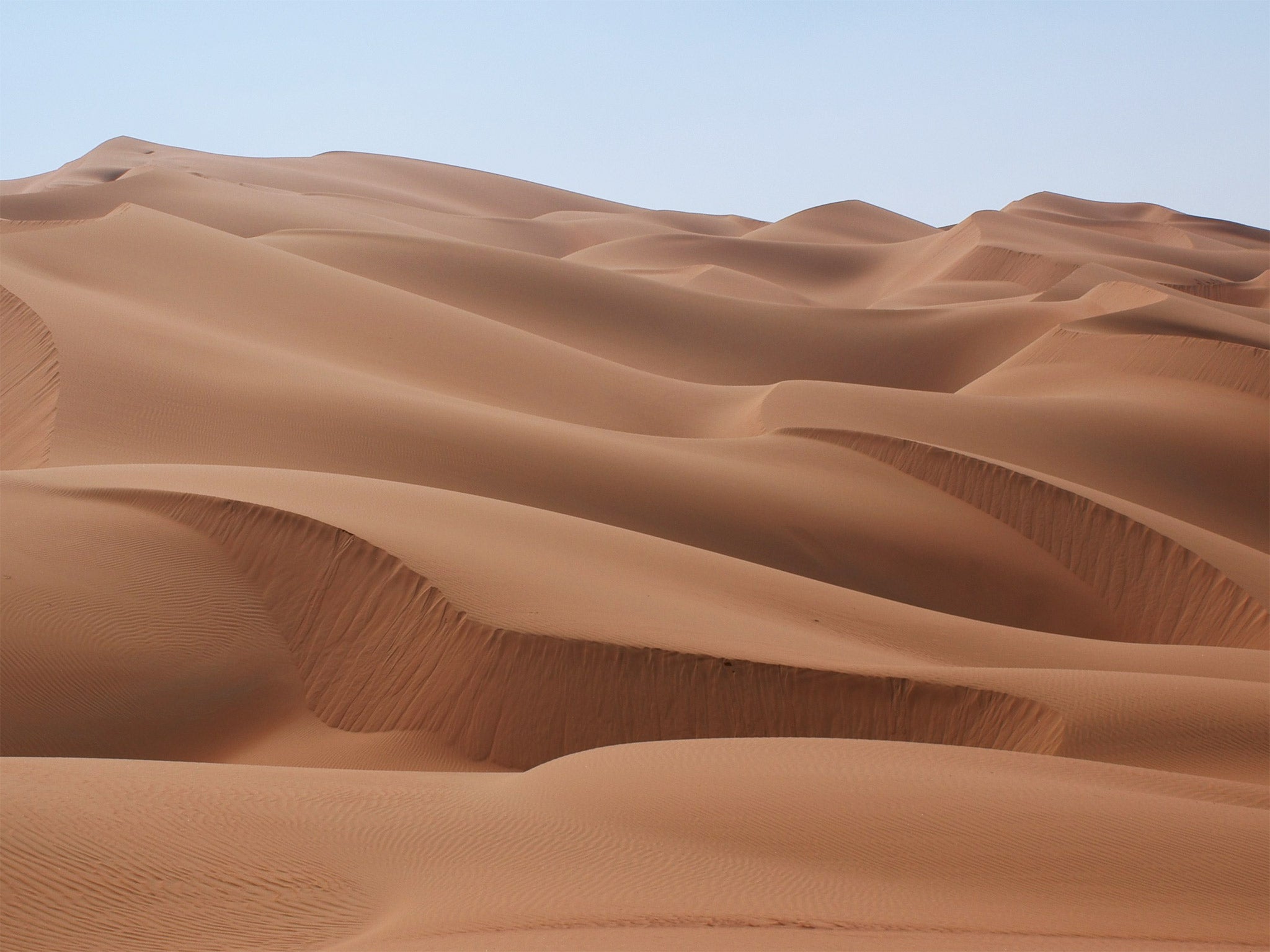Entire islands disappear as violent gangs steal sand amid global shortage
'Activists and government officials confronting black-market sand mining gangs have been killed'

A global shortage of sand has prompted violent black market gangs to steal large amounts from rivers and beaches and even the complete disappearance of dozens of small islands, according to an author working on a book about the problem.
Sand is used as a main ingredient in cement and concrete in buildings, to make glass, in roads and in massive land reclamation projects in places like Singapore and Dubai.
If all the sand used by humans in a single year was turned into a wall it would be 20 metres high, 20 metres wide and stretch all the way around the equator.
In an article for the New York Times, writer and journalist Vince Beiser said: “Sand is the essential ingredient that makes modern life possible. And we are starting to run out.
“That’s mainly because the number and size of cities is exploding, especially in the developing world. Every year there are more people on the planet, and every year more of them move to cities. Since 1950, the world’s urban population has ballooned to over 3.9 billion from 746 million.
“From 2011 to 2013, China used more cement than the United States used in the entire 20th century.”
Desert sand, shaped by the wind, is often unsuitable for use in construction as it is too round and does not stick together as well as the rougher sand produced by water erosion.
“Usable sand is a finite resource … To get the sand we need, we are stripping riverbeds, floodplains and beaches,” Mr Beiser wrote.
“Extracting the stuff is an estimated $70bn (about £47bn) industry. It runs the gamut from multinational companies’ deploying enormous dredges to villagers toting shovels and buckets. In places where onshore sources have been exhausted, sand miners are turning to the seas.
“This often inflicts terrible costs on the environment. In India, river sand mining is disrupting ecosystems, killing countless fish and birds. In Indonesia, some two dozen small islands are believed to have disappeared since 2005 because of sand mining.”
And the black market in sand is turning violent.
“In India and Indonesia, activists and government officials confronting black-market sand mining gangs have been killed,” Mr Beiser said.
“It once seemed as if the planet had such boundless supplies of oil, water, trees and land that we didn’t need to worry about them. But of course, we’re learning the hard way that none of those things are infinite, and the price we’ve paid so far for using them is going up fast.”
The United Nations is also concerned about the problem.
Speaking earlier this year, Pascal Peduzzi, head of the Global Change & Vulnerability Unit at the United Nations Environment Programme, said sand was a resource that “we can't do without” and illegal mining had become a "quite big" problem.
“In some places, sand is not abundant anymore, so we need to reconsider the way we are dealing with sand,” he said.
Join our commenting forum
Join thought-provoking conversations, follow other Independent readers and see their replies
Comments
Bookmark popover
Removed from bookmarks